Sometimes a Rock is Just a Rock
A healthy democracy and robust civil society know that there is a time and place for activism. This rock isn’t the place.
Psychologist Sigmund Freud once said, “Sometimes a cigar is just a cigar.” Speaking as a student activist and Democratic campaign employee, sometimes a rock should just be a rock.
The rock in question sits facing East-West Highway and has long been a fixture of B-CC culture. B-CC lore claiming that the rock had been lifted from Whitman and deposited at the front of our school after a particularly lively sports night has cemented its place as one of the hallmarks of school tradition.
The rock was slathered with paint to commemorate graduations, athletic achievements, or just whenever a group of students felt like we had done something that merited a fresh coat. But for the past two years, the rock’s paint has borne a message other than jubilation.
The civil unrest of 2020, resulting from senseless police murders of African Americans across the country, changed much. Nearly every aspect of our social landscape was mobilized in an attempt to bring police reform. The rock, previously coated with a celebratory blue following graduation, was repainted with the names of murdered African Americans.
The political goals of this change are admirable. They aren’t the issue.
The Finlandization of students’ minds, whereby students are compelled to outwardly express common political ideals despite differing internal opinions, is concerning. It can be partially attributed to the politicization of non-political facets of everyday life, like the rock. Simply put, people should have communal spaces and traditions that are exempt from the polarization of politics.
People should feel comfortable expressing their own political opinions honestly and fully. Government-run institutions, like schools, should not tacitly or actively endorse political perspectives. Reducing a long-held tradition to a performative political act is a bad decision.
A B-CC junior* who once made the mistake of sitting on the rock recalls being told to “get the f*ck off the rock” and “you’re racist for sitting on it.” In my interview with this student, they asked to remain anonymous because they were worried they would be labeled racist. Why? Stripping the rock of all of its storied tradition and assumed political might, it is approximately three feet tall, sturdy, and conveniently located near where most students congregate during lunch. It’s a perfect place to sit.
Perhaps turning a chair into a memorial-slash-political-performance-piece in the vicinity of irreverent high school students takes away from the message somewhat. The bottom line? We’ve lost too many pieces of culture to increasing political polarization. A healthy democracy and robust civil society know that there is a time and place for activism. This rock isn’t the place.

William Clay Walsh, a B-CC senior, serves as Editor-in-Chief. He is excited to amplify the student voice by working with talented journalists and is grateful...

Evan Rich, a B-CC senior, serves as a Tattler photographer. Evan enjoys to fish and snowboard in his free time. He also plays hockey and lacrosse.


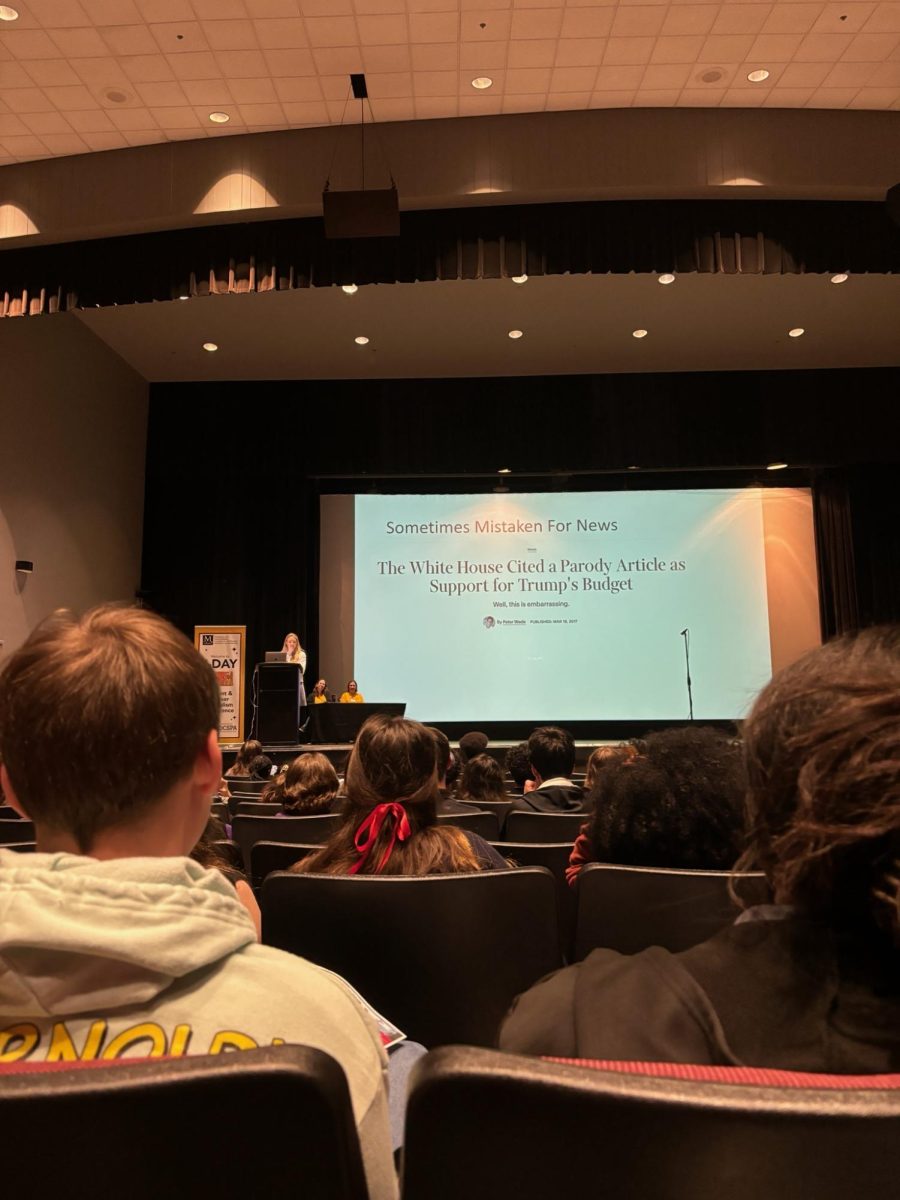






















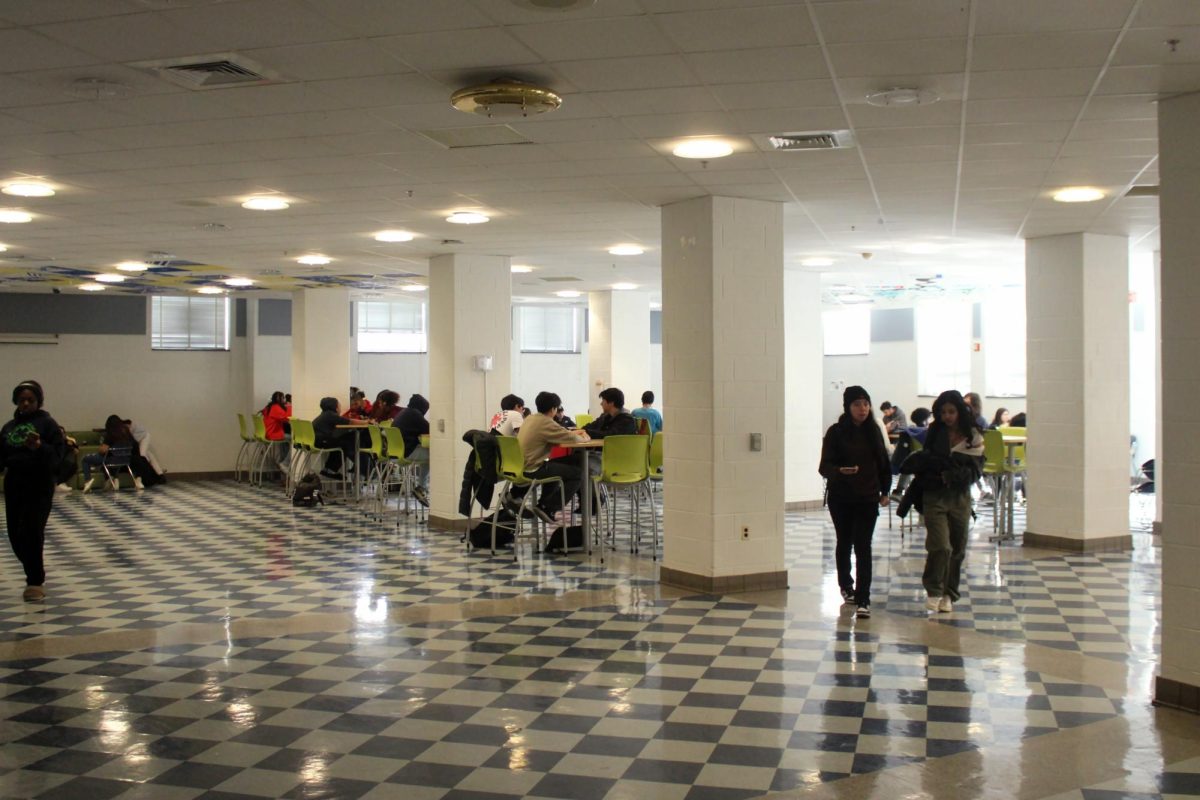

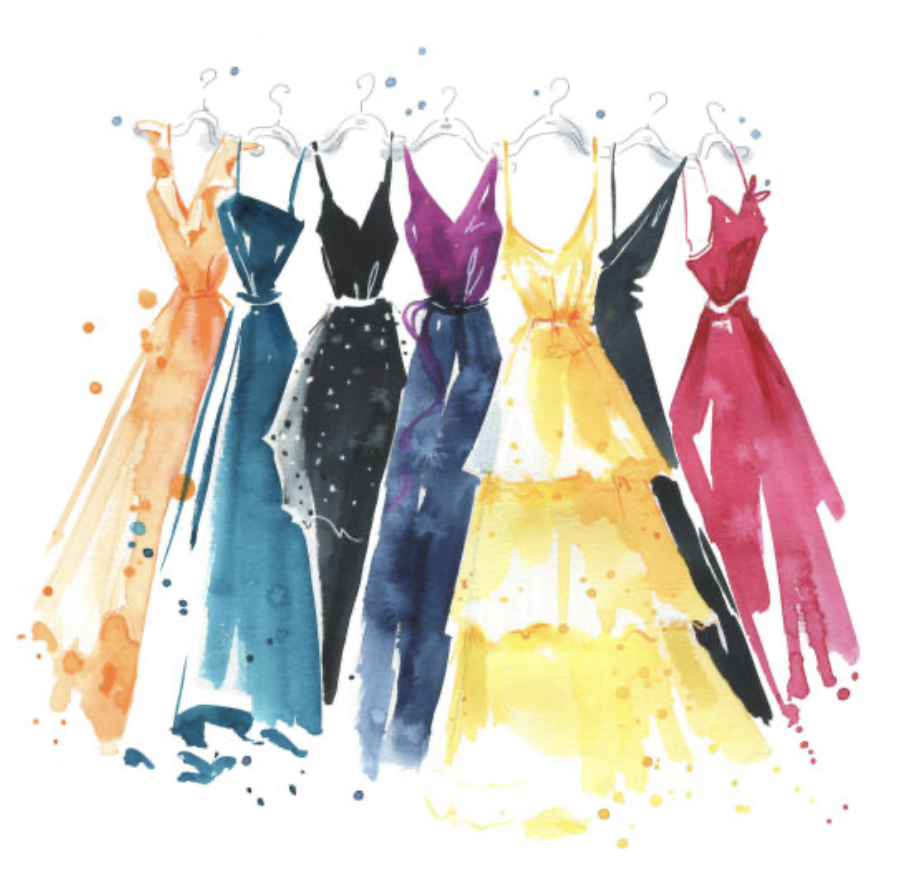




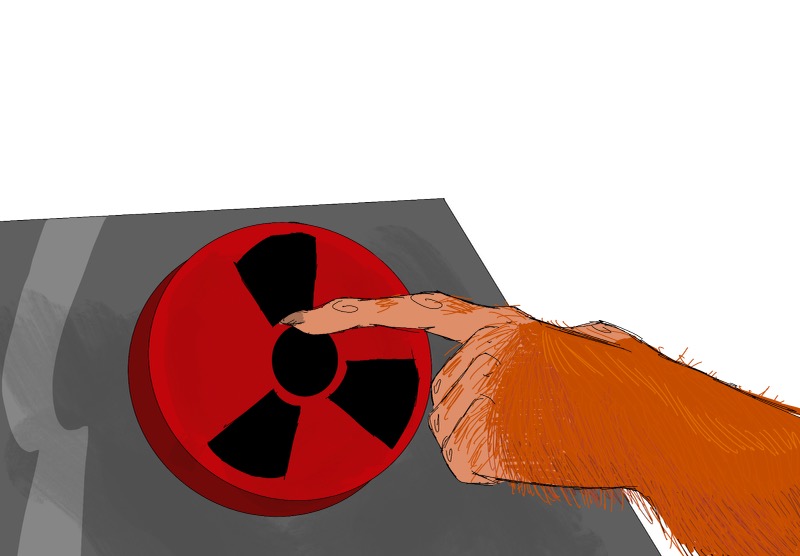




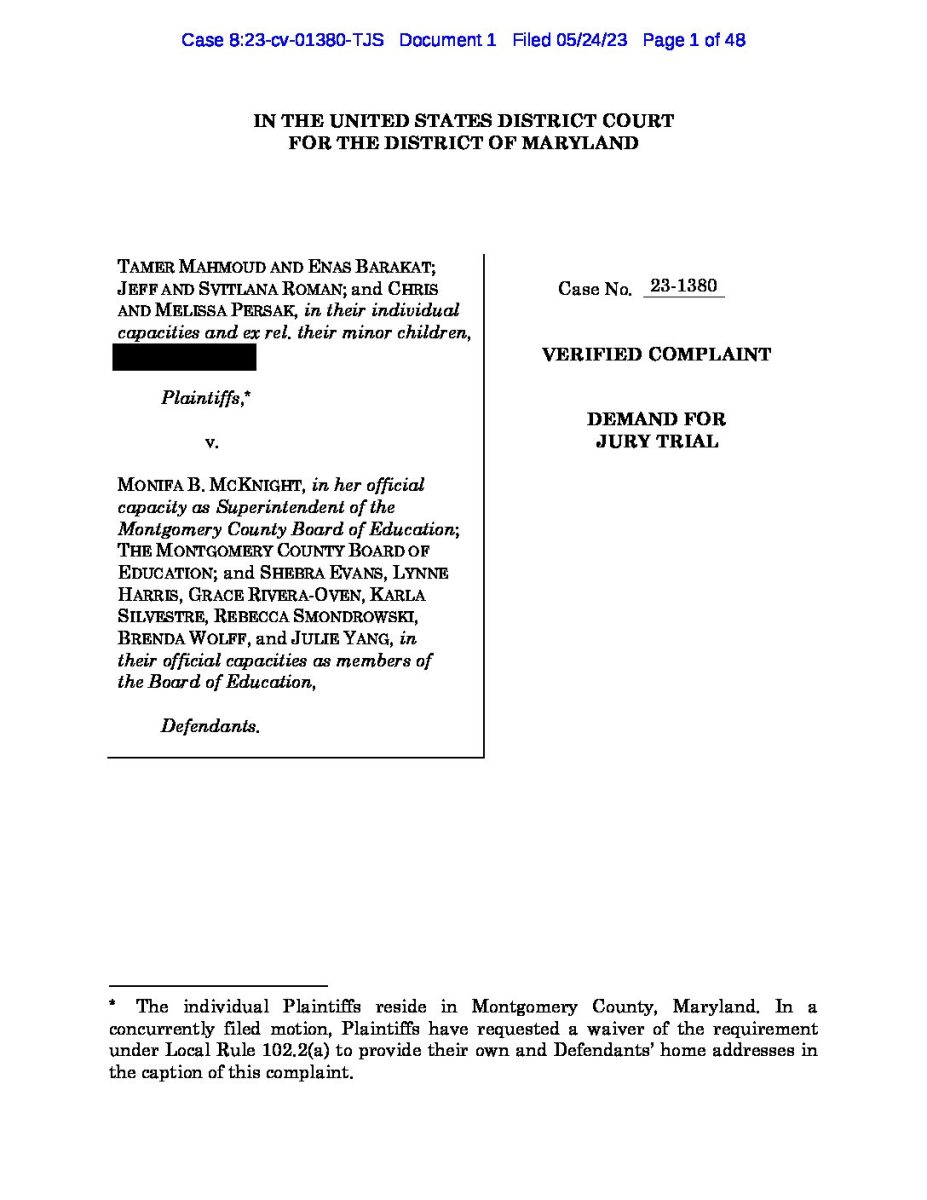
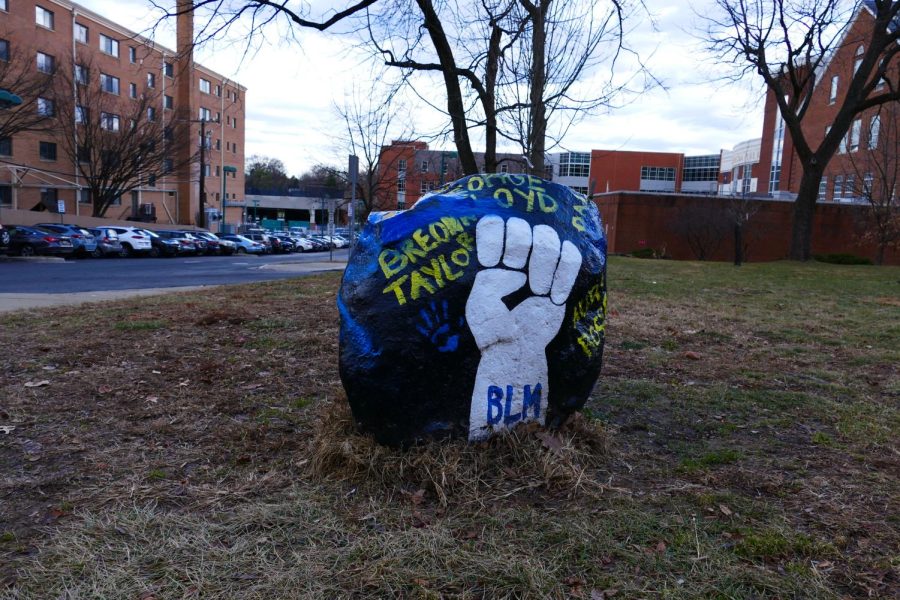


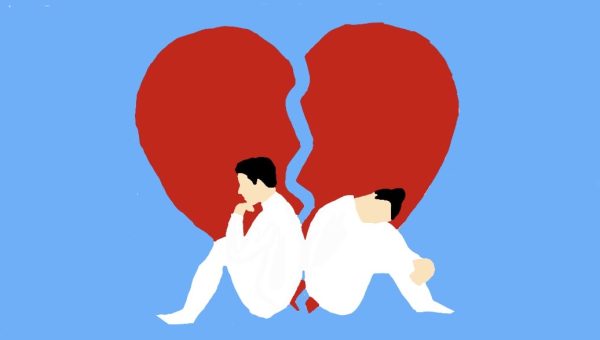

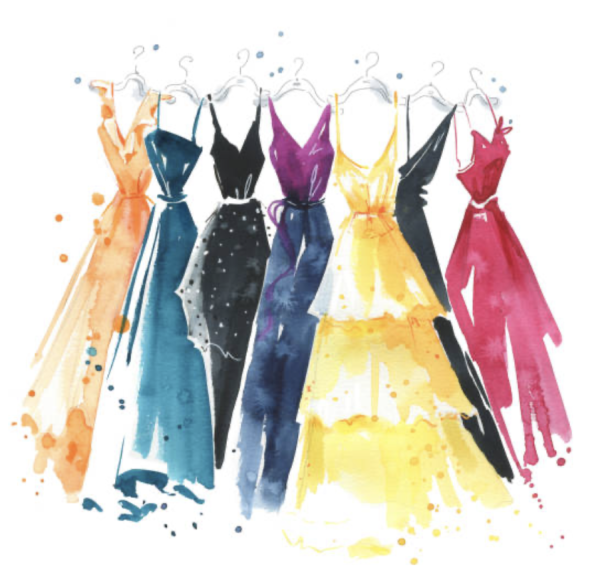




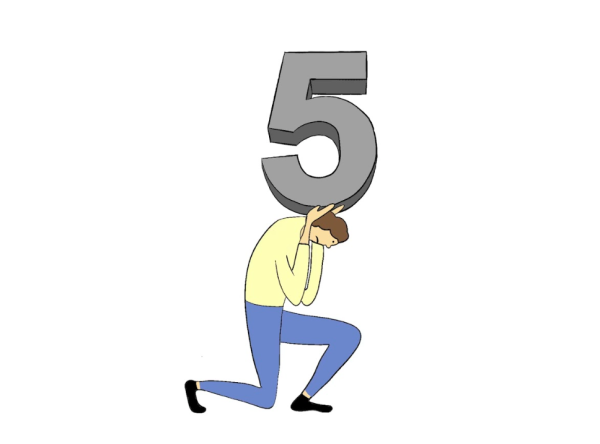

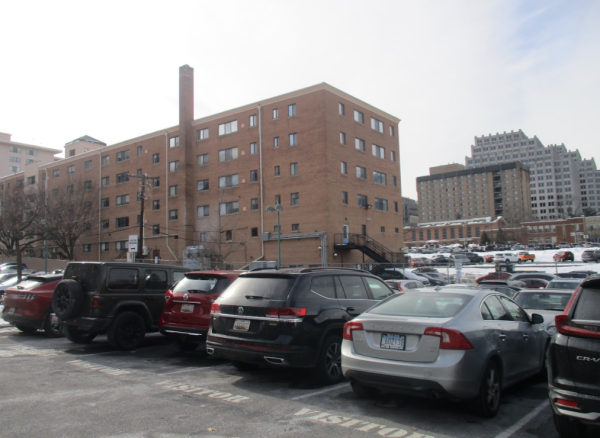


anon • Jan 23, 2023 at 10:39 am
You took a shot and you most certainly missed. This is so tone deaf that you must have had earplugs in while writing. It’s appalling. To write about issues such as BLM in a tone like this as a white guy is so presumptuous and you should check yourself.
To say a rock is just a rock and then write a article about it is ignorant at best. It’s obvious that you have an issue with BLM, saying it has an overarching political agenda. It’s a human rights campaign, of course it’s going to be political. That doesn’t mean that it should be erased.
Sorry, but black lives matter more than your sports and school spirit.
Bruh • Jan 23, 2023 at 8:57 am
It’s just a rock stop making a big deal out of it.
Bruh • Jan 21, 2023 at 10:49 pm
First off, would we even be having this conversation if the rock was currently painted blue and gold with a sports team shoutout? Would you be writing a piece on how absurd it is that we painted a rock in celebration of graduation while no one comments on gun violence, mental health, the opioids crisis, etc? I don’t think you would.
On January 18, 2023 Jackson Lieber, an unarmed 21 year old black man was murdered by police in Liberty Hill, Texas. While this issue came to be front and center in 2020, it obviously still hasn’t been resolved…there are still “senseless police murders of African Americans”. How blind you must be to see the undeserved murder of black Americans as political, to see students painting a rock with the names of innocent people who have died and call it a “performative political act”. How malicious you must see the BCC students who dared to paint that rock and leave it that way instead of slathering “Roll Ron’s” over it a week later.
I ask, if the rock isn’t a place for racial activism? Where is a good place for it? Where can POC students see that our BCC community recognizes racism? How about an article on the misuse and overuse of the word “racist”? How about a piece on the laughable “you belong” slides presented for advisory on Friday(1/20/2023)? The school shoving “you belong” down the throats of POC students who look around their classroom and see about 4-5 kids that look like them in a class size of 30. How about an opinion on that?
While I agree that communal spaces should be free of political pieces, the names of deceased
African Americans who were wrongfully murdered isn’t political. If someone feels uncomfortable congregating around the rock because of its appearance, it is understandable because unjust murder isn’t a pleasant subject. If you’re worried about people not being able to express their “own political opinions honestly and fully” because of the rock…what views are you trying hard to protect? What opinion could a student be ashamed to share because of the rocks current paint? Have you felt silenced because of the rock? How about the POC students who constantly feel suffocated because of the toxic environment at BCC? Additionally, if the rock makes a student uncomfortable, they can move to a different area.
“We’ve lost too many pieces of culture to increasing political polarization.” I’m sorry…the rock is a piece of culture? I bet nobody even knew the rock came from Whitman after a “particularly lively sports night” until reading this. The culture at BCC is nonexistent, the entire Bethesda community is in a privileged bubble. Maybe the rocks current appearance threatened that bubble? I mean, ask yourself, why does this make me so uncomfortable? Additionally, art is what you make it, and where in BCC lore does it say that you cannot stray from painting the rock in constant celebration of BCC achievements? Exactly. You said that we painted the rock whenever we achieved something of merit, to some BCC students, this issue has merit. Real life isn’t strictly shoutouts for amazing achievements, but also recognizing and enduring harsh realities.
Also you say the “political goals of this change are admirable”. What political goals?What BCC student attempted to further their political career or views by painting that rock with the names of the deceased? As humans, we have a moral code and I’d like to believe we aren’t so far gone as to say that being against unlawful murder is political. The Black Lives Matter organization might have strayed from being strictly non-political, but the issue itself is not political. And no student was trying to further their political agenda by painting the names of the deceased on the rock. Only your interpretation makes it so.
You call yourself an activist, then say that a rock painted with the intent to promote racial equality sitting in front of a high school from a predominantly white area, “isn’t the place”. Again, I ask, where? Where else is BCC making an effort to help POC students feel welcomed? Where are actual students displaying their acceptance of POC students? Hate has no home in the BCC community and racial equality apparently doesn’t either.
How about interviewing a black student on their opinion of the rock? Where’s the contrast? Where are the interviews of people who have felt seen because of the rock? An opinion formed without knowledge on different perspectives is a dangerous one.
Check your privilege, your bias is starting to show.
Aiko Abo Dominguez (class of '22) • Jan 20, 2023 at 4:30 pm
Dear Clay,
When B-CC students initially painted the rock to commemorate the Black lives lost to police brutality, I hoped that it was a sign of progress in racial equity at B-CC. Then the rock was painted over by anonymous ’22 students. Students cared more about their class pride and the “high school experience”, reserved mostly for white B-CC students, than a basic memorial for a few victims of white supremacy in our country. Students re-painted the rock with the names of the victims in protest to the graffiti, but similar defacing occurred, yet again, with class of ’23 slogans instead. The fact that people disrespected the names of Black people murdered by police only further supports the fact that we need that rock as a reminder that Black Lives should Matter at B-CC, that the voices of people of color should be valued at B-CC, that B-CC has a long way to go in terms of racial equity. The fact that you, Section Director of the Tattler- a person with education- feel comfortable voicing your opinion deeply seated in white privilege demonstrates that B-CC has a long way to go in terms of racial equity.
The rock as a memorial to Black lives isn’t going to solve racism at B-CC, and it hasn’t. However, it’s one of the very few places on campus that expressly supports BIPOC in a predominantly white institution with a vast achievement gap.
In a country built on white supremacy, supporting anti-racism is unfortunately a polarizing issue, but there’s also an objectively moral side to choose. Why do we want to present racism as an issue with two sides equally valid at our high school that should prepare our students for the real world, where people of all races exist? I agree that polarization in our country is tearing us apart in many ways. But racism should not be a polarizing topic. Racism is a human rights issue, and the argument that antiracism is taking away “pieces of culture” is one that comes from a place of massive privilege.
Students of color are often excluded from the groups of people who got to color the rock to begin with. Students of color are consistently excluded from the white norm of the culture at B-CC. And now we can’t even have one rock?
I want B-CC to continue traditions, like painting the rock, going to sports games, and participating in pep rallies. But even more so, I want students of color to feel included in these traditions if they want to partake in them. Reverting the rock to its past state of B-CC pride would be literally covering up voices of students of color at B-CC. Instead a new rock, or some other equivalent, could be installed to become the new site of spray painting and celebration of B-CC student accomplishments.
I ask, why is your argument rooted in attacking anti-racism rather than in supporting the entire B-CC community? Disregarding the moral argument I’ve made, if the “rock is just a rock”, why do you care what’s on it?
Sincerely,
Aiko
Curran Holden • Jan 20, 2023 at 3:06 pm
I graduated from B-CC last year and the last thing I thought I’d be doing is responding to comments on a tattler article. Be that as it may, some of my friends brought this article to my attention and asked that I weigh in.
Objectively speaking, the rock is just a rock the same way B-CC is just brick, concreate, and metal. People ascribe meaning to objects all the time; oftentimes different people ascribe different meanings to the same objects. This naturally produces conflict. I understand why it’s tempting to look at this rock, which doesn’t seem to be in a political place and doesn’t have inherent political meaning and wish it’d just stay that way. After all, if we all agreed about the rock, wouldn’t the conflict go away? Well, no.
Just as we ascribe conflicting meanings to objects, we also do the same to our nation. American politics are often characterized by fundamentally incompatible beliefs about what it means to be an American. The power of democracy, and of free speech and expression, is that we will always have room for these conflicts to happen in a peaceful way. But as our politics have become more polarized, we cease to discuss these differences and instead turn to violence (see January 6th, Charlottsville, hate crime statistics over the last 6 years, etc.).
The rock as it stands today isn’t violent. It’s not exclusive. It is making a political statement because in our current environment basically everything is political (as a trans girl, I don’t need to be reminded). The rock serves to add to political conversations we need to be having. I don’t think that there’s any assumption that because something is written on the rock, every person going to B-CC must agree with it. We can’t wish away our increasingly polarized politics; we have to embrace them.
To me, that rock was just a rock, despite the fact that I identify as Indian-American (as in Asian). But I didn’t paint over it out of respect for what in meant to other people. In criticizing this rock for not taking into account other people’s perspectives, I feel that William has failed to take into account other people’s perspectives. I’m not trying to pile on here — not understanding others is a pretty human thing to do. But humans can do it. Rocks can’t. The onus is on the people who give this rock meaning to do the understanding that it cannot.
Jeremy Gee • Jan 20, 2023 at 2:25 pm
Clay, I was very intrigued hearing this article title on the morning announcements. Double so when I learned it was written by you.
I have to say, I think you missed the mark on it.
While yes, the repainting of the rock has stopped, I don’t think an accurate evaluation of why has been given.
The current look is a nice affirmation and a sign of the student bodies commitment towards anti racism, something that is nice to see in moco, a place where a lot of the student created graffiti work is hateful in nature.
For better or worse, BLM has moved away from being truly political and more just a cry for tolerance- would “Love is Love” be considered too political? What about Peace Studies posters “Honk for peace” or “Save Students”?
As for the loss of the repainting tradition: without solid traditions/rules for how and when it gets repainted, it’s hard to see a way it could be repainted without complaints. Is this such as issue? Isn’t an anti racism message a nice intro to bcc campus? Students put it there and kept it there. To some degree, that means it reflects our thoughts.
Sometimes, a rock is just a rock. Sometimes, but not at BCC.
Anonymous • Jan 20, 2023 at 2:11 pm
Referring to a particular movement run by particular people, it could potentially be accurate to say that the Black Lives Matter movement has ulterior motives or isn’t a purely humanitarian organization. However, generally saying “The Black Lives Matter Movement” sounds to me like you’re saying that it is a polarizing political stance to say that Black people and POC do matter.
Also, while I’m here, please do remember that Freud, while he was very important to our approach to psychoanalysis and the human brain, also had some really weird ideas, and that “sometimes a cigar is just a cigar” was his reasoning for why he didn’t have a condition that he himself invented. The condition, iirc, was something about the connection between psychological infancy and the need to have something in your mouth (in way that could be sexual) leading to addictions to cigarettes. Or cigars. Like the ones he got cancer from smoking too much.
Have a great weekend!
Class of 22 Alum • Jan 20, 2023 at 1:23 pm
For a journalist writing about the enlightenment of a rock, this article sounds like you’re living under one. You failed to mention the rock is a repaint of the original BLM because a group of students defaced the original design with a hasty yellow coat and a crude “23.” The eyesore was repainted to the current BLM coat. This didn’t last either, as it now has “22”‘s lazily sprayed on the sides. The art, performative or not, held a meaning which anonymous class of ’22/’23 students made clear they don’t respect. I wouldn’t be saying this if they had repainted the rock with the same aesthetic respect as celebratory rocks you referred to in paragraph 3. These new attempts to reinvent the rock aren’t celebrating school culture, they’re erasing human rights.
I miss seeing the rock redecorated too. I have no doubt current students with non-hateful ideas to dress the rock are worried about undue racist accusations. Their voices matter too, but as of right now, the rock is one of the few beacons of hope for marginalized students at BCC. Athletics, graduation, spirit weeks–they all get schoolwide celebration without question. The rock is serving a populous that administration historically hasn’t. This article’s reception further proves the rock’s job in highlighting student voices isn’t complete for students of color.
Respect and celebrate this rock message like any other. Having your voice heard (or seen, in this case) is a privilege. Something tells me you could use some practice checking your privileges.
William Borlase • Jan 20, 2023 at 1:18 pm
I agree that the rock has been artistically stagnant, however I think the claim that the rock is not a place for activism is wrong. Art is multifaceted and prohibiting activist art denies the expression of school culture.
Meg • Jan 20, 2023 at 1:03 pm
Let the rock be polarizing.
That’s the point of the movement, that’s why it’s necessary. If human rights weren’t a polarizing issue, they wouldn’t need to be politicized in order to gain protections. If there are people who strongly disagree with the message on that rock, as you indicated in your response to Ailey, it’s not a bad thing that they keep their racism to themselves. The idea that BCC is an environment where racist people don’t feel comfortable voicing those beliefs is a good thing.
When one side of the pole is bigotry, standing firmly on the other is the bare minimum.
Wren Buehler • Jan 20, 2023 at 12:05 pm
I’d first of all like to say that the anecdote about someone being called racist for sitting on the rock is not at all reflective of my experience or that of many other students. I personally have sat on the rock and so have many of my friends, and none of us have been critiqued for it.
I also think calling the rock a “polarizing political statement” is misleading and comes from a place of privilege. A public life free from politicization would be wonderful but it is not the reality for B-CC students. So long as discrimination exists and is debated as a political issue, existing as a person from a marginalized group means your life is inherently political. I have sympathy for the author of this piece but I also feel that speaking as if, without the rock being painted with BLM slogans, B-CC’s public life would be apolitical is not true to the realities of high school life.
I also believe that characterization of the rock as promoting Finlandization is, frankly, a vast exaggeration. No one is forcing you or anyone else to subscribe to the radical idea that racism; the rock’s current paint speaks for a significant block of B-CC’s population but is not intended to speak for all of us.
I am not inherently opposed to criticism of the rock’s current paint; I believe symbolic gestures can only do so much and I am sad to see senior painting go. Even so, I think this article makes a number of assertions which could charitably be described as dramatizations and shows remarkable blind spots on the issue of politics in day-to-day life despite the importance of said topic to the article at large.
Wren Buehler • Jan 20, 2023 at 12:49 pm
Edit: in paragraph 3, I wrote “… to subscribe to the idea that racism;” I meant to write “to subscribe to the idea that racism exists and has caused object harm in local and national communities”
Eli Toure • Jan 20, 2023 at 1:08 pm
agreed.. i have definitely sat on the art over 20 times
Student • Jan 20, 2023 at 11:24 am
This is an interesting article. I completely disagree with it.
I particularly disagree with the assertion that the rock lost its value when it was painted with antiracism messages. Those messages are on the rock because they are deeply important to many B-CC students. Let’s not forget that.
Perhaps some students disagree. If that’s the case, they can express their opinions alongside the majority. They don’t have to reduce the rock from justice messages to sports win messages to do so.
Ailey • Jan 20, 2023 at 9:06 am
I think that the rock should stand, as it serves as a reminder of the injustice that permeates our society. It is also a symbol of our schools dedication to pursue anti racism. I do not agree with the fact that the rock is an object of, “increasing political polarization,” as the Black Lives Matter movement is about basic human rights and should not be about politics. Further, I personally feel as though the message on the rock right now is much more important than that of a sports team or school tradition.
Clay Walsh • Jan 20, 2023 at 9:24 am
It is understandable that you frame a political movement you agree with as a struggle for “basic human rights” rather than what it is—a polarizing political movement. I ask, what if someone wanted to paint pro-life slogans on the rock in the name of “basic human rights” for the unborn? Imagine the unrest that would create in the B-CC community! Just because WE both agree with something doesn’t mean it’s not polarizing; rather, the strong support WE have for the current message on the rock should indicate to you that perhaps others support the contrary position just as strongly.
Neha Kohli • Jan 20, 2023 at 11:28 am
Your comparison between the struggle for racial equality and controversy over abortion rights is wildly inappropriate. You cannot equate the lives of “the unborn” to those of Black Americans who have been shot down by the police. Additionally, I would suggest taking a long look in the mirror before speaking over students of color because you claim to be a “student activist and Democratic campaign employee”. That does not qualify you to decide on the best course of action towards racial equality. I, along with other students of color (who dedicated their high school years to fighting for racial equity), painted that rock after it was defiled at the end of the last school year. This rock will never be ‘just a rock’. It is a symbol and reminder of the racist hatred and violence that persists not only in our nation, but in our Bethesda community as well. You are speaking over black and brown voices, please check your privilege next time you decide to complain about the presence of a symbol of anti-racism created by students of color. You want to paint a rock? Buy a new one.
Clay Walsh • Jan 20, 2023 at 1:58 pm
I am the Opinion Director for the Tattler, and in that capacity I have always and will always welcome dissenting voices to write an Op-Ed and submit it—to say I am speaking “over black and brown voices” is absurd. A large portion of your comment focuses on the same point—that I am not equipped to speak on this issue because of my skin color. This is standpoint theory at its most fallacious. And the point of my comparing the current message on the rock to a hypothetical pro-life message is to highlight that every political movement or message can be boiled down to a rally for “human rights,” so portraying the rock’s current message as some unassailable, non-political argument is dishonest.
Sadhana Gupta-Pateriya • Jan 20, 2023 at 11:41 am
the “political movement” IS a struggle for basic human rights, or would you say the right to exist without being killed by those who are meant to protect you is not a human right? in your article you mention the senseless murders perpetrated by racially motivated police brutality. How can you argue that this isn’t out of desire for aforementioned basic human rights?
Confucius • Jan 20, 2023 at 12:51 pm
While I agree with your opinion on this political movement being a struggle for basic human rights, it is still an opinion. Like all opinions, it is subjective. He is not arguing that “the lives of “the unborn” to those of Black Americans who have been shot down by the police” are equal; rather, he is claiming that like any subjective claim, there is an opposing view (in this case, pro-choice supporters, like myself would be outraged to see pro-life statements on this prominent rock). Unfortunately, it seems that people’s enforcement of sitting on the rock is quite polarizing and this is what he is trying to emphasize. I would suggest creating a memorial within the school that can be viewed instead of a rock with previous traditions that is also so adequately placed for seating.
Clay Walsh • Jan 20, 2023 at 12:54 pm
I can argue this because ALMOST EVERY political movement construes itself as a struggle for human rights. You take issue with this article because it objects to a political display that just happens to be in concurrence with your (our) political values. To say that Black Lives Matter is a purely humanitarian effort without an overarching political platform is absurd.